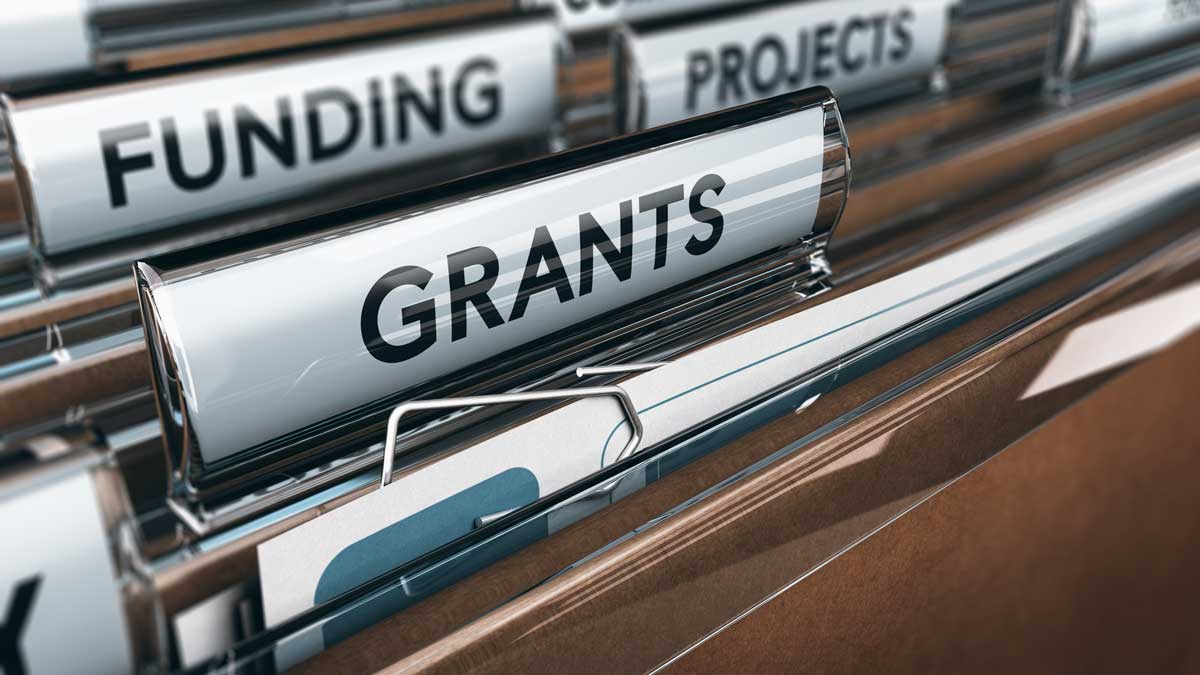If your organization has a quality program that improves the lives of those you serve year in and year out, I do not understand why a funder would stop contributing to your success. But 20-plus years in the grant profession has taught me that grant funding is never guaranteed, and if you want successful programming, you must create a diverse funding stream to ensure your annual budget needs are met.
While we have seen a steady (and sometimes significant) increase in grant funding in both the public and private side of giving over the years, as grant professionals, we understand that grant funding is still very nuanced. It isn’t easy to find general operating support. Federal grant funding has the whole supplanting rule, meaning you cannot use grant funds to pay for something you already have funding for within your agency’s budget. Some funders will not fund the same organizations two years in a row. Many federal programs are only supported for a few years, and some are only for start-up programs. So yes, while there might be many funders and grant programs your organization can apply for, the probability of grants funding your organization’s needs indefinitely is zero.
Grant Sustainability Plan
Knowing that means we are responsible to those we serve to develop a sustainability plan for all necessary programs. Your sustainability plan is more than a list of financial resources. It should have the backing and input of your entire organization, including the organization’s board of directors (or elected body for local governments), the executive director or city/county manager, director of development, finance director, program directors, grant professional, and other relevant department directors and organization leaders.
Generally, your sustainability plan will include the following:
- What is the purpose/mission of your organization – and how is that related to the community served?
- What need or needs does your program(s) address? The need is not your lack of funding but issues and assets of the community you serve – examples include homelessness, hunger, crime, and lack of transportation options.
- What does your program(s) cost? Create a detailed, line-item budget that includes salary, equipment, supplies, capital needs, technology, and other operational costs.
- What are your current funding sources for each program? How are they sustainable, or not?
- How will you diversify revenue? Consider various options under the categories of money (taxes, donations, fundraisers, grants, etc.), in-kind contributions (to include volunteers), collaboration, redesigning operations, and alternative revenue sources.
- What steps can you take this year to build sustainability through your varied revenue sources? Consider creating 1-, 3-, or 5-year implementation plans.
If you’re looking for a more detailed guide to building a sustainability plan, the Georgia Health Policy Center provides one here. This 39-page workbook walks you through the process step by step.
Do I wish funders would notice a successful program and commit to funding it, in full, for the next 20 years? Absolutely! Could they do it? Of course. But do they? Right now, that answer is no. So, until that changes, your organization must have a sustainability plan that ensures the loss of one grant does not derail your good works. So, start planning today.
Amanda Day, GPC, is a national trainer and speaker. With 20 years of grant prospect research, writing, and management experience, she has the knowledge, know-how, and stories to keep every workshop participant and conference attendee engaged and better prepared to succeed in the grant profession. She is well versed in federal and private grant funding, as well as educating up and using your professional network to best build career path. Her passion lies in preparing grant professionals to successfully fund their organizational and community needs, along with meeting their personal career and leadership goals.
Latest posts by Amanda Day
(see all)



